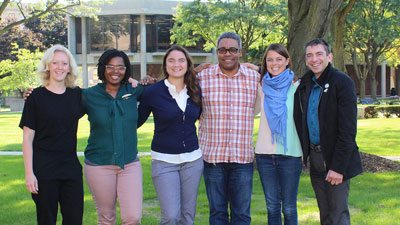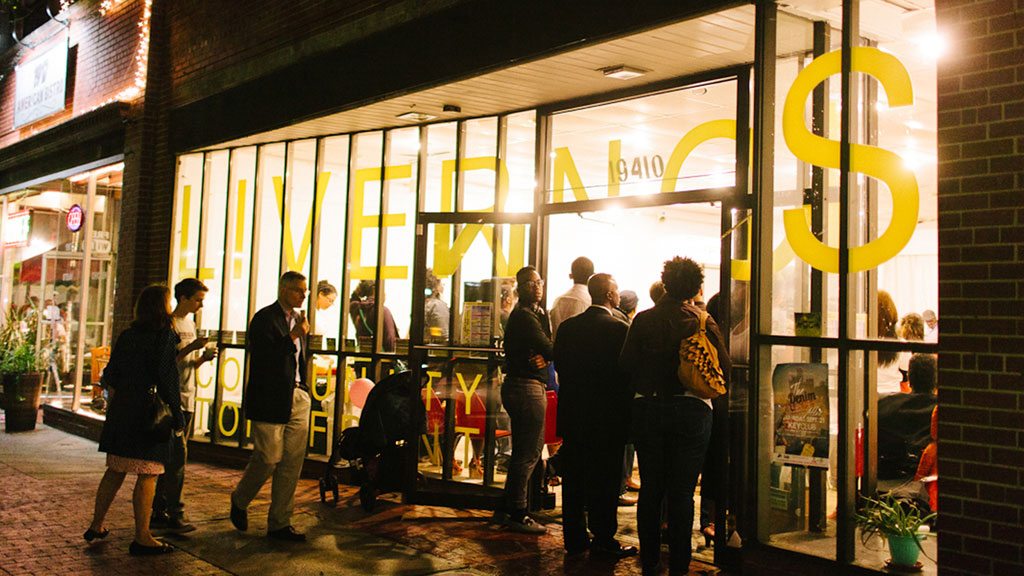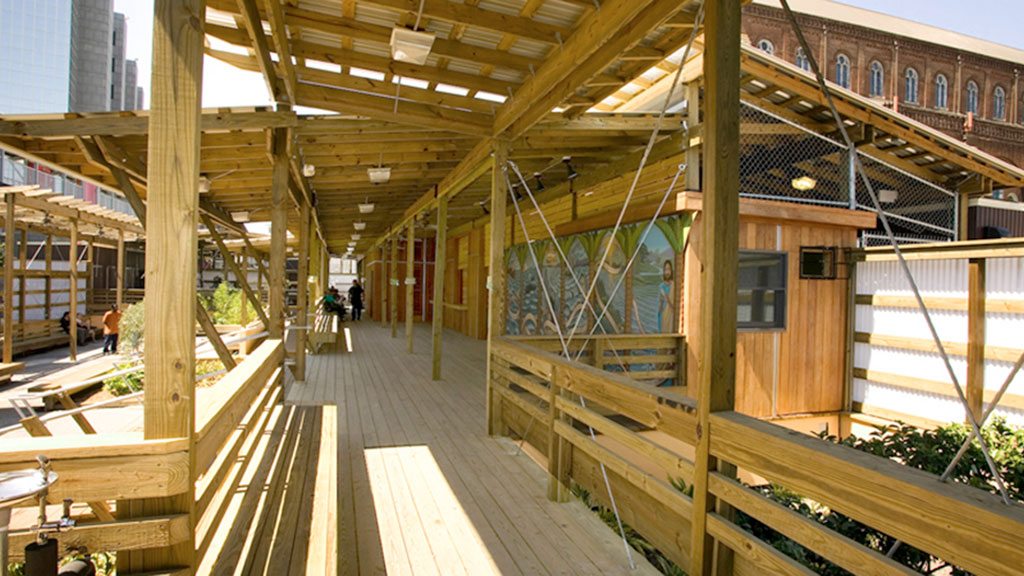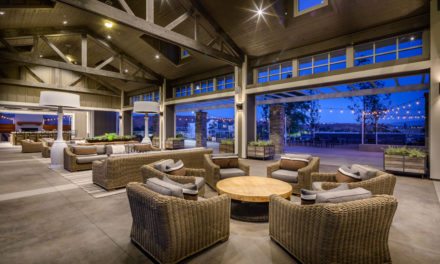Award honors those who exemplify the profession’s proactive social mandate
The Board of Directors of the American Institute of Architects (AIA) selected Detroit Collaborative Design Center (DCDC) to receive the 2017 Whitney M. Young Jr. Award. Established in 1972, the Whitney M. Young Jr. Award honors architects and organizations that champion a range of social issues, including affordable housing, minority inclusion and access for persons with disabilities. The award is named after the civil rights–era head of the Urban League who confronted—head-on—the AIA’s absence of socially progressive advocacy at the 1968 AIA National Convention. DCDC will be honored at the 2017 AIA National Convention in Orlando.

Detroit Collaborative Design Center
For 23 years, the Detroit Collaborative Designer Center (DCDC) has worked tirelessly to amplify the diminished voices of all citizens through a wide variety of design projects in its hometown and across the country. A resource for over 100 organizations, many of which are community-oriented and could not otherwise affect the positive change they seek, the center has made a lasting impact on the profession through its commitment to social responsibility.
“Equity, diversity and inclusion are central to the advancement of our profession,” said 2016 AIA President, Russell Davidson, FAIA. “Design leaders like those at the Detroit Collaborative Design Center not only demonstrate the value of a more diverse profession but successfully strive to improve communities.”
Housed in the School of Architecture at the University of Detroit Mercy, DCDC is modeled after a teaching hospital, where one to four student interns work closely with seven full-time architecture, landscape, planning, and urban design professionals. The center brings its design expertise to partners that are normally left outside of such decisions. Together they are able to define innovative architectural and urban solutions while enabling communities to face the future on their own terms.

Livernois Community Storefront, Detroit, MI (2013-present). The Livernois Community Storefront project celebrates local culture and showcases businesses on the Avenue of Fashion through the creation of a pop-up community hub.
DCDC purposefully positioned itself in the middle of Detroit’s land use and equitable development debate and is a catalyst for driving what it calls “grassroots and grasstops” decision-making. To that end, it directed Detroit Future City – a product of the Detroit Works Project planning process – that provides a framework for guiding the city through the next 50-plus years. Through social media, a website, an active street team, community conversations, and other creative tactics, the project reached more than 90,000 Detroit residents while developing a system that cleverly blends community and technical expertise.
DCDC’s other projects run the gamut from physical structures to how-to guides for communities. In October, the completion of Skinner Playfields and Stage/Pavilion marked the completion of a senior project concept at Denby High School in the Far Eastside section of Detroit. DCDC engaged the high school’s seniors and community members, who rallied around adopting a former parks department site in an effort to redevelop it as open space. The new park includes basketball and volleyball courts, a climbing mound for children, raised garden beds, an apple orchard, and a signature 25-foot by 90-foot solar-powered stage and pavilion.

The Alley Project (TAP), Detroit, MI (2011). The Alley Project, transformed a Southwest Detroit neighborhood alley and surrounding vacant lots into an inspirational graffiti art gallery.
In 2013, DCDC highlighted the many lessons it has learned through its process with a series of how-to guides for communities and organizations that provide helpful tips on how to prepare grant proposals, create social media campaigns, organize clean up days, and more. Available digitally or as hard copies in English and Spanish, the two-sided guides simplify city processes and provide access to information that can often be difficult to find. As a humble and community-focused operation, the DCDC fosters hope throughout all of Detroit and often brings together unlikely allies in a quest for positive change in the city.
About The American Institute of Architects
Founded in 1857, the American Institute of Architects consistently works to create more valuable, healthy, secure, and sustainable buildings, neighborhoods, and communities. Through nearly 300 state and local chapters, the AIA advocates for public policies that promote economic vitality and public wellbeing. Members adhere to a code of ethics and conduct to ensure the highest professional standards. The AIA provides members with tools and resources to assist them in their careers and business as well as engaging civic and government leaders and the public to find solutions to pressing issues facing our communities, institutions, nation and world. Visit www.aia.org.




